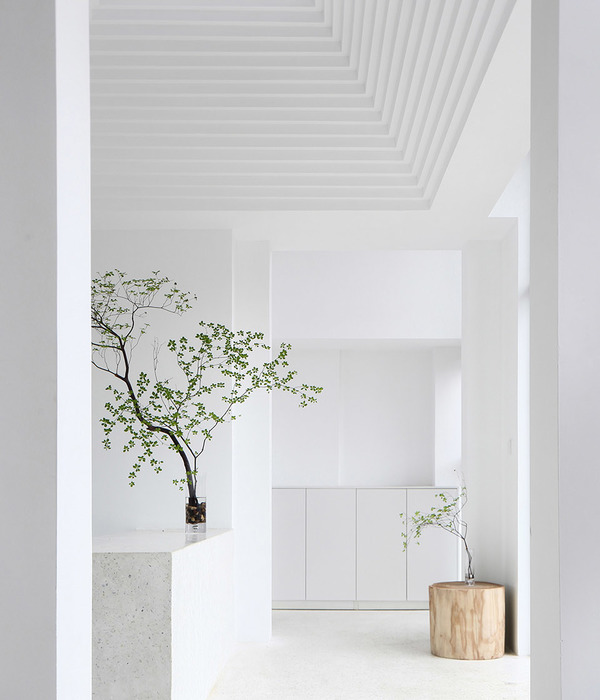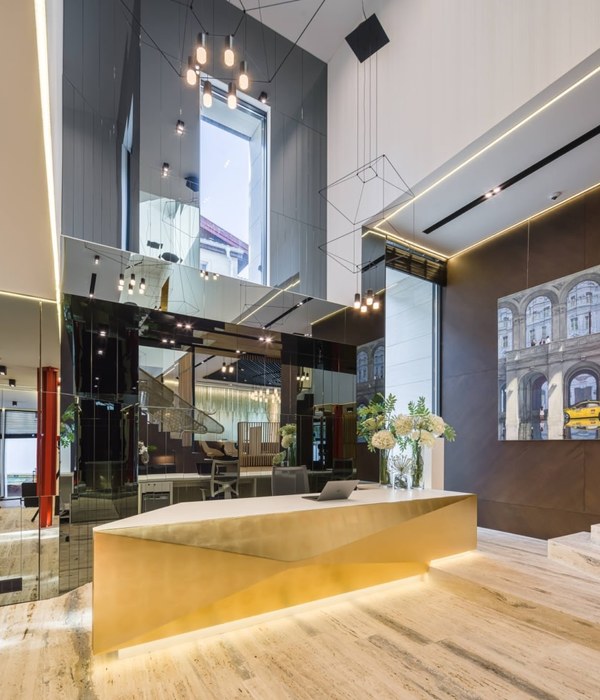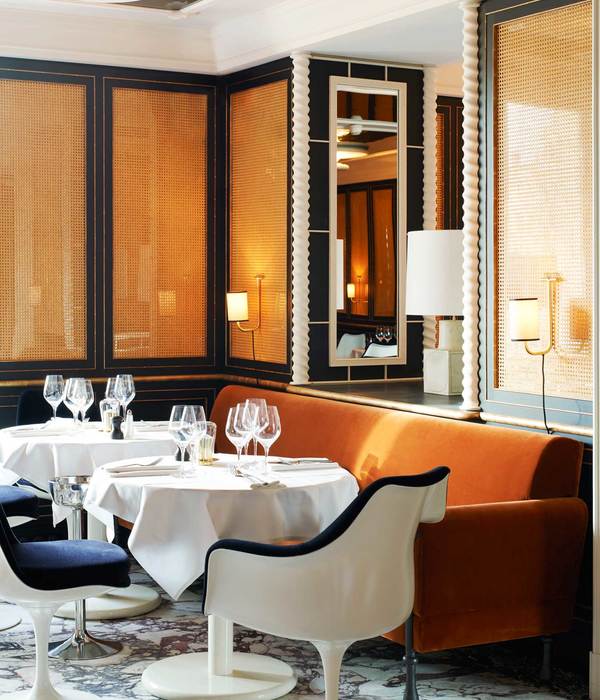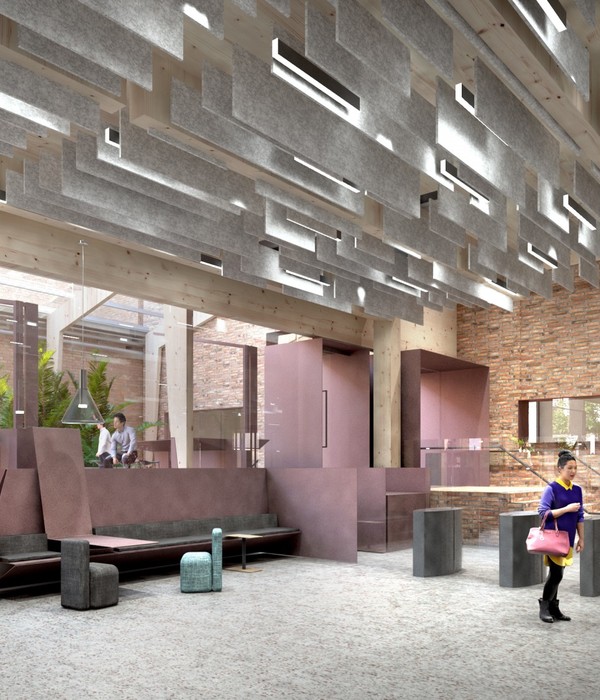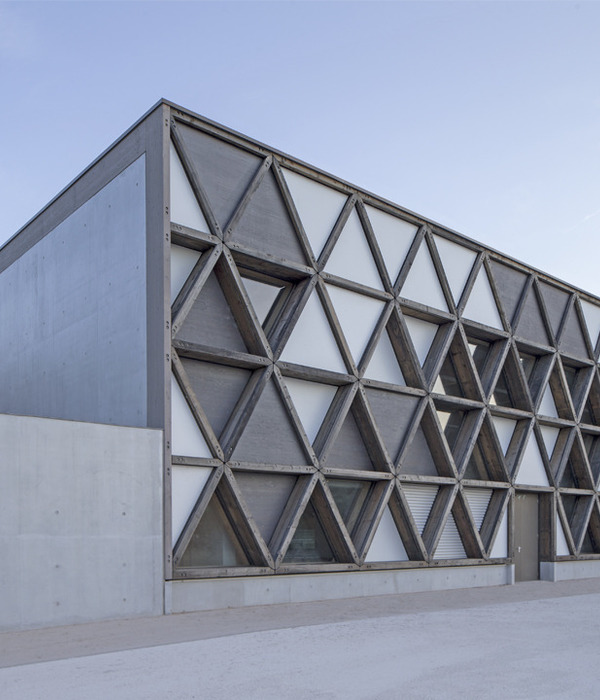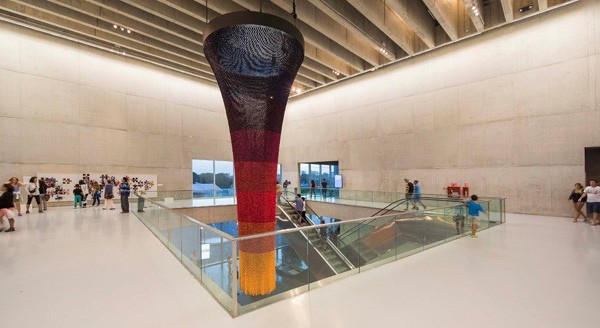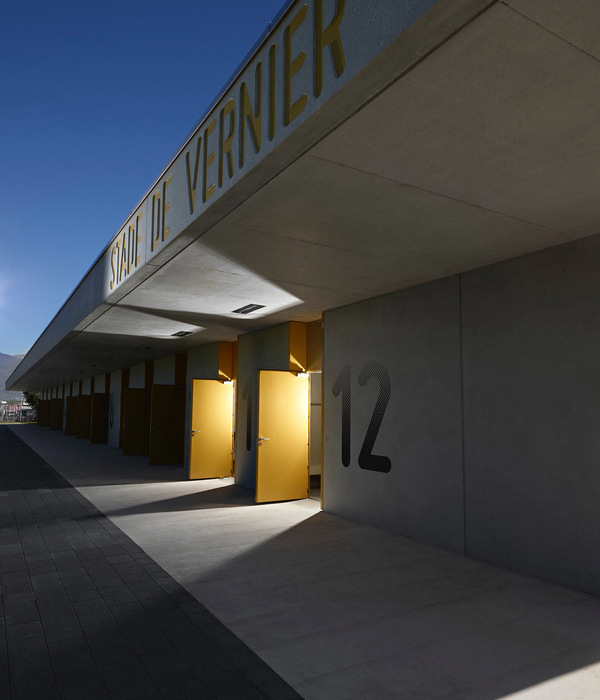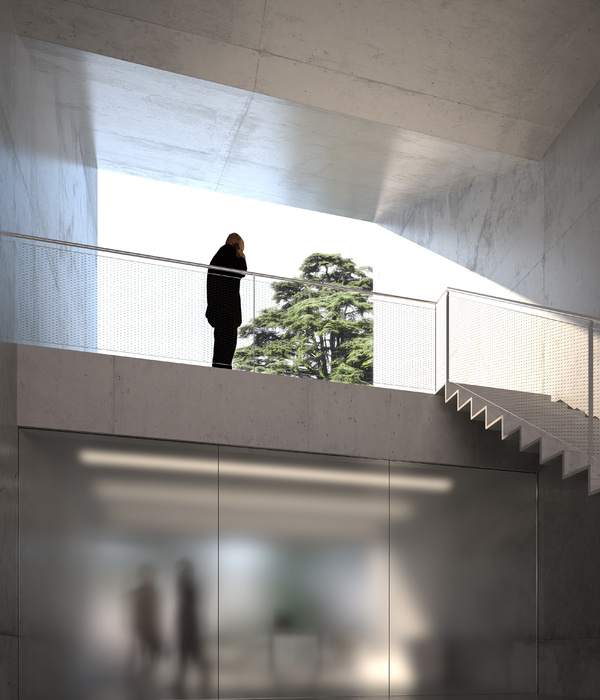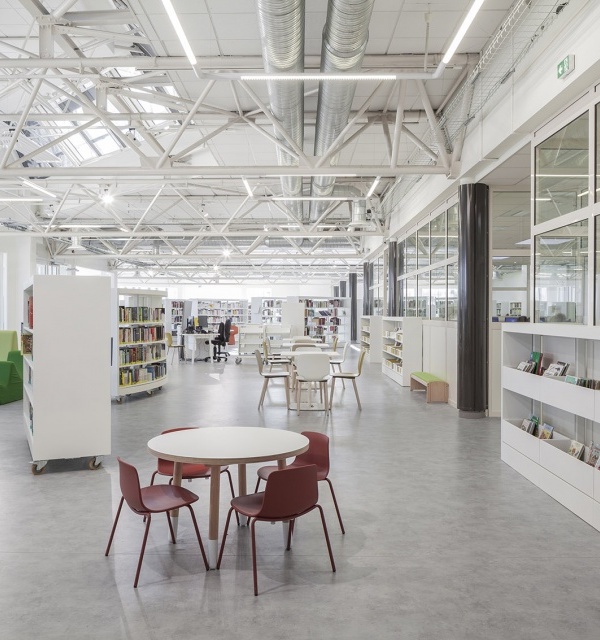- 项目名称:加拿大国家大屠杀纪念碑设计
- 设计方:Gail Lord,Daniel Libeskind,Irene Szylinger等
- 项目规模:30,000平方米
- 图片:6张
Adjaye and Libeskind Among 6 Proposals Unveiled for Canadian Holocaust Monument
设计方:Gail Lord、Daniel Libeskind、Irene Szylinger等
位置:加拿大
分类:纪念园、陵园
内容:
设计方案
项目规模:30,000平方米
图片:6张
此次进入“国家大屠杀纪念碑”(National Holocaust Monument)的设计竞赛决赛的共有6个团队,该项目的场地位于渥太华的市中心,靠近战争博物馆。所有参与决赛的团队目前在进行更详细的设计,获胜者将在明年春天宣布。这个纪念碑建设工作将在2015年开始。以下是6个不同团队所提出的六种不同的
第一组是Lord设计队,由博物馆规划师Gail Lord、知名建筑师Daniel Libeskind、艺术家Edward Burtynsky、
景观设计
师Claude Cormier以及历史学家Dr. Doris Berger 共同组成。他们设计的纪念碑是一个由象征着“失落”、“记忆”和“生存”的建筑围城的大型聚会仪式空间,每一条建筑的边线都提供了一个对场地中独特氛围的理解。
第二组是 Szylinger设计队,由美术史学家Irene Szylinger、建筑师David Adjaye和艺术家Ron Arad组成。
该组在场地中心设计了一个由一系列薄墙组成的建筑体,期待游客在其中穿行,并独自品味建筑所包含的韵味。
第三队是Wodiczko + Bonder设计队,由艺术家Krzysztof Wodiczko和建筑师Julian Bonder组成。他们在概念上和形式上希望可以唤起人们关于大屠杀的悲惨记忆及其对犹太人的生活所造成的的不可磨灭的影响
第四队是Saucier设计队,由Saucier + Perrotte建筑师事务所的首席设计师和艺术家Marie-France Brière组成。他们的设计希望将新纪念碑设想成为加拿大风景的一部分,为新生活创造一个空间、一个地方,鼓励人们向着未来勇敢的活下去。
第五队是Amanat设计队,由建筑师Hossein Amanat、艺术家Esther Shalev-Gerz、
师 Daniel Roehr以及
项目经理
Robert Kleyn组成。他们设计的渥太华大屠杀纪念碑用半球的形式来象征世界曾被无情的撕裂成两半,表达一种悲痛的力量。
第六队是Klein:设计队,由建筑师Leslie M. Klein、J
师effrey Craft、艺术家 Yael Bartana、Susan Philipsz、 Chen Tamir、和历史学家Dr. Debórah Dwork、Jeffrey Koerber组成。他们的纪念碑希望创建一个尊重纪念的地方,可以安静的沉思和反省,象征着死亡、与重生。
译者: 饭团小组
David Adjaye and Daniel Libeskind are among six interdisciplinary teams competing to design Canada’s National Holocaust Monument. Planned for an empty, triangular site adjacent to Ottawa’s Canadian War Museum, the monument designs are currently undergoing public review before a final decision that will be made by an international jury of design and art professionals this spring. Construction is expected to begin in 2015.Review the proposals, after the break…
Team Lord: Museum planner Gail Lord, architect Daniel Libeskind, artist Edward Burtynsky, landscape architect Claude Cormier, and Holocaust scholar Dr. Doris Berger (Toronto, Ontario)
Carved from the flat, ground plain of the historic LeBreton Flats, the Monument stands as a silent and dignified space shielded from the highway and road traffic providing controlled vistas toward the Canadian War Museum, the surrounding landscape and the Canadian Parliament. This Monument is a “Landscape of Loss, Memory and Survival” in which a star is created by six triangular volumes at each of its points organized around a large gathering space for ceremonies. Each one of these volumes provides a unique theme and ambiance for interpretation, contemplation and artistic expression.Team Szylinger: Art historian and curator Irene Szylinger, architect David Adjaye, artist/architect Ron Arad (Toronto, Ontario/London, UK)。
The monument centres on an array of thin walls or foils, each up to 14m in height and 20m in length, spaced 120 centimetres apart from each other – just enough for a visitor to pass through in single passage. While we resist prescribing an ‘experience’ or enforcing didactic content onto the memorial, our proposal does pose a central, unavoidable theme – the voyage the visitor makes through these foils must be made alone.Team Wodiczko + Bonder: Artist Krzysztof Wodiczko and architect Julian Bonder(Cambridge, Massachusetts)。
Conceptually and formally, our project responds by evoking the Holocaust and its impact on the lives of Jews who were forced to flee from their lands and communities and then found safe refuge and new life on Canadian soil. This proposal’s design thus proceeds through two fundamental, complementary gestures: exposure and immersion, which together create a layered, in-depth experience through which visitors discover and interpret both the history of the Holocaust and the memory of events which drove its survivors to Canadian shores. In this Working Monument, we literally expose bedrock in order to anchor new meanings, stories, and memories in it—in which visitors will !nd themselves immersed.
The new monument is envisioned as a geological form emerging from the earth, lifting a portion of the Canadian landscape. This geological event symbolizes the process of becoming, the creation of a space for living, a place where the power of memory turns toward the future but whose roots remain implanted in a past whose repercussions we continue to live.
The monument is not merely an object erected in space as one might expect. It is a path, a passage, a form of “space-time” through whose moments of discovery and meditation we experience a range of emotions and epiphanic realizations. The “passage” is analogous in its commemorative significance to Pesach Passover, whose literal meaning is to “pass through”, to “pass over”, to “go beyond”. The passage — a “materialized memory” — is therefore comprised of these three principal stages, notions that will shape our personal experiences sensorially and cognitively. Indeed, as we pass through this architecture of memory, we are not spectators but active participants, actors.Team Amanat: Architect and urban designer Hossein Amanat with artist Esther Shalev-Gerz, landscape architect Daniel Roehr, architect and project manager Robert Kleyn, and architect David Lieberman (Vancouver, BC)。
For the National Holocaust Monument in Ottawa, we will represent a world torn in half. [...] This broken world is represented as a half-sphere formed in white marble. The cut of the sphere is not clean, rather it is jagged, uneven. Poised at an angle and standing 20 metres wide and 14 metres high, this bisected sphere will be a landmark recognizable from the distance, while on closer view offering an immersive experience of recognition and commemoration. Its formidable physical presence, with its pronounced and fragmented cut tilted to the sky, hovers between destruction and construction, and asks us to consider what remains, what is lost and what is, as yet, unknown. As an invitation to experience the space between these two conditions, this monument offers visitors the possibility to construct a third space between matter and memory, as a personal way of understanding and recognizing the state of partiality.
Team Klein: Leslie M. Klein of Quadrangle Architects, Jeffrey Craft of SWA Group, Alan Schwartzof Terraplan, artist Yael Bartana, artist Susan Philipsz, artist Chen Tamir, and Holocaust scholars Dr. Debórah Dwork and Jeffrey Koerber (Toronto, Ontario).
The monument creates a place of respectful commemoration, quiet contemplation and illuminating reflection. Rooted in the earth, its forms emerge from the landscape, signifying at once death and renewal, a grave-like memorial and an emblem of resurgence and rebirth. [...] The space framed by the monument creates a processional, drawing visitors into a contemplative interior, immersing them in artistic expressions of profound memory, loss and renewal, and only then leading them back out to the landscape of contemporary Canada, mirroring the arrival of survivors after the war.
大屠杀纪念碑景观效果图
大屠杀纪念碑景观图解
{{item.text_origin}}

